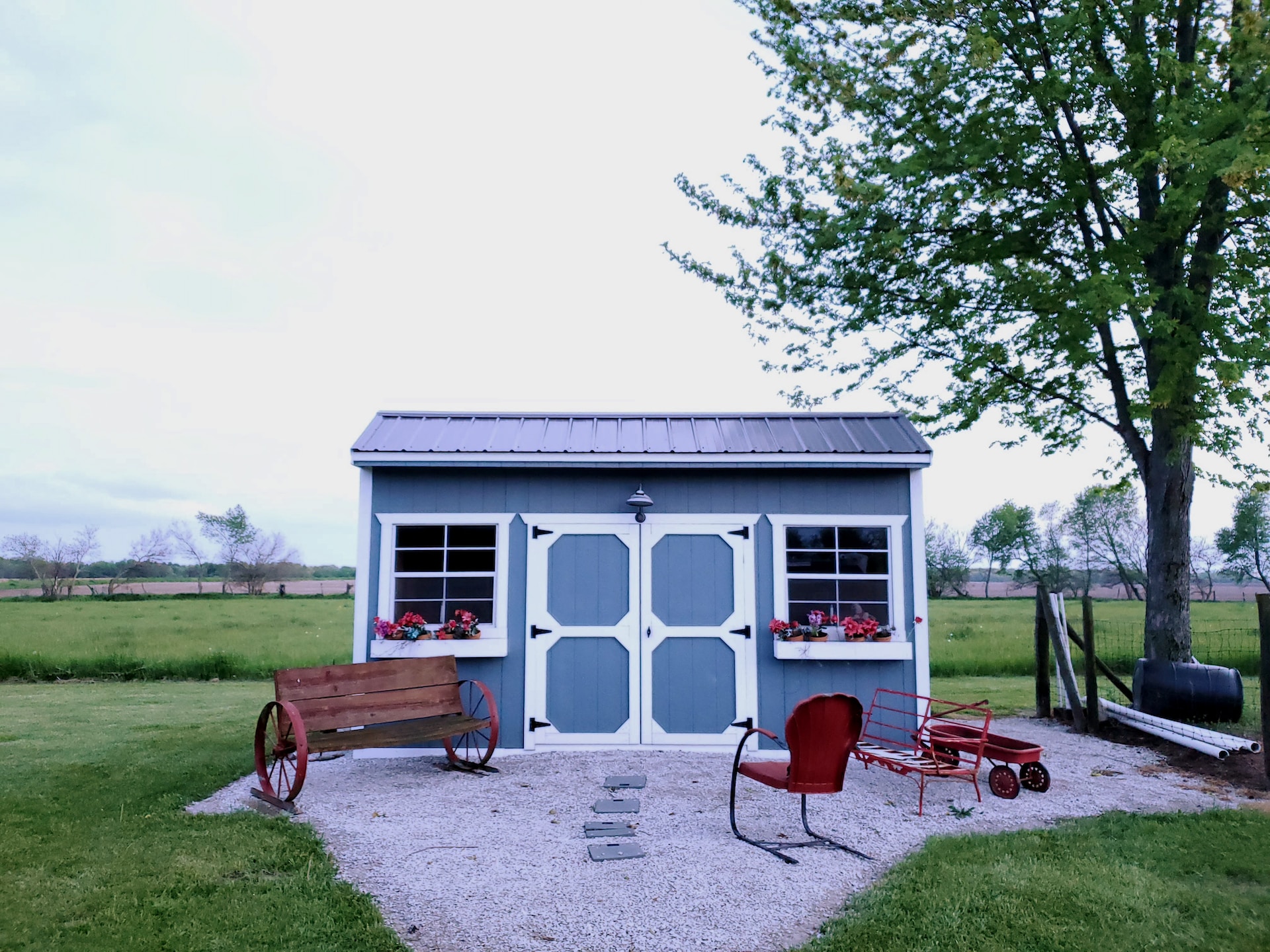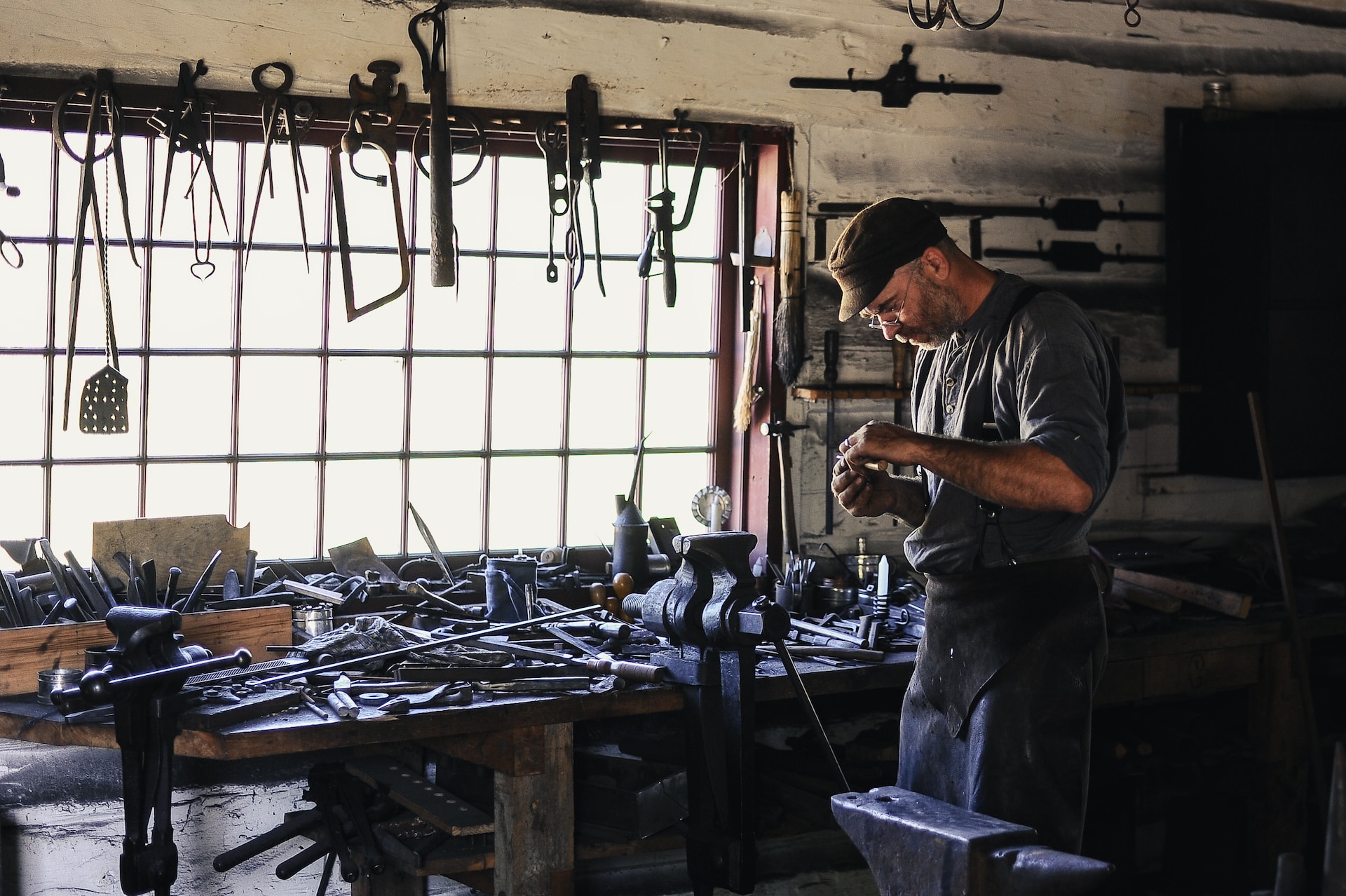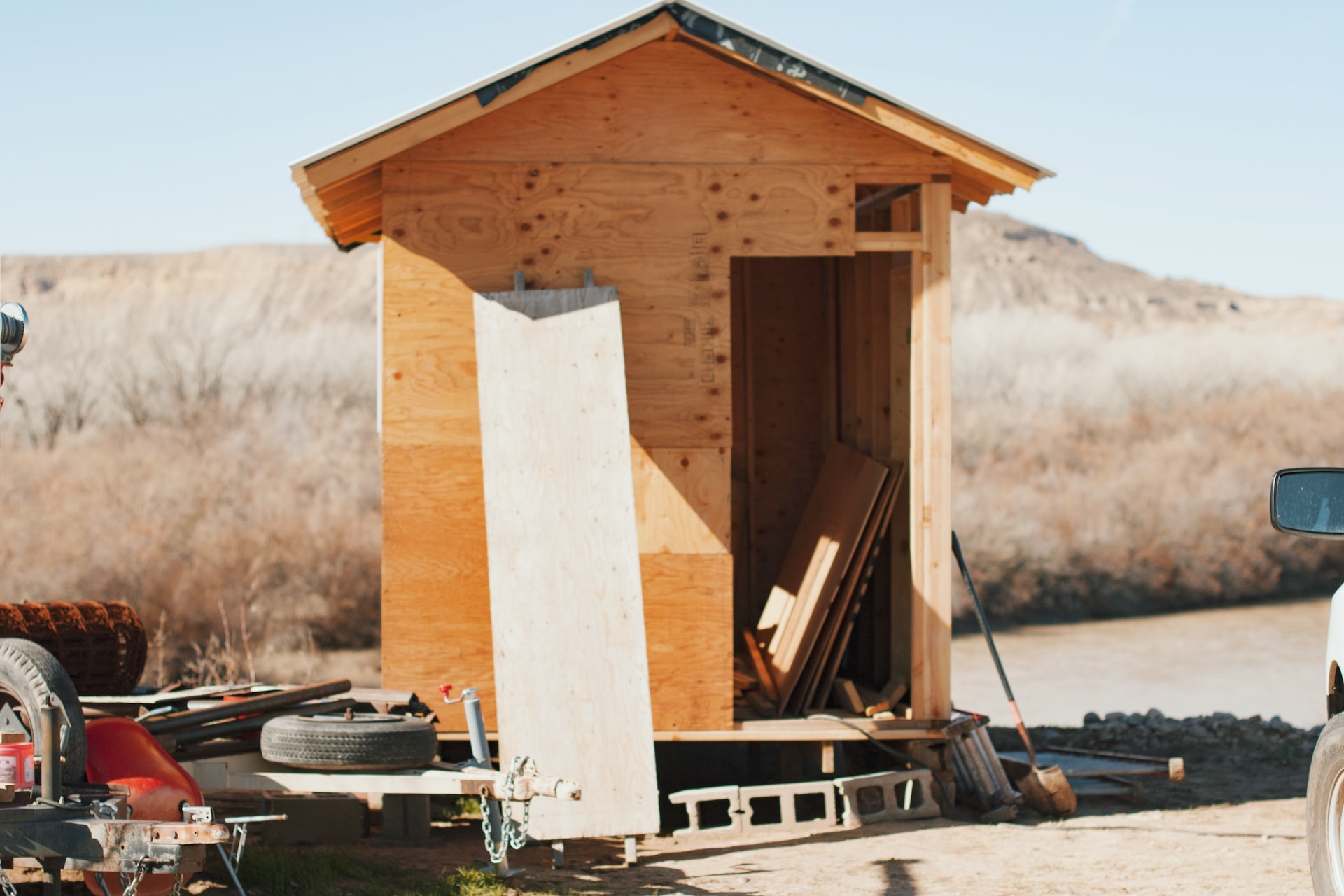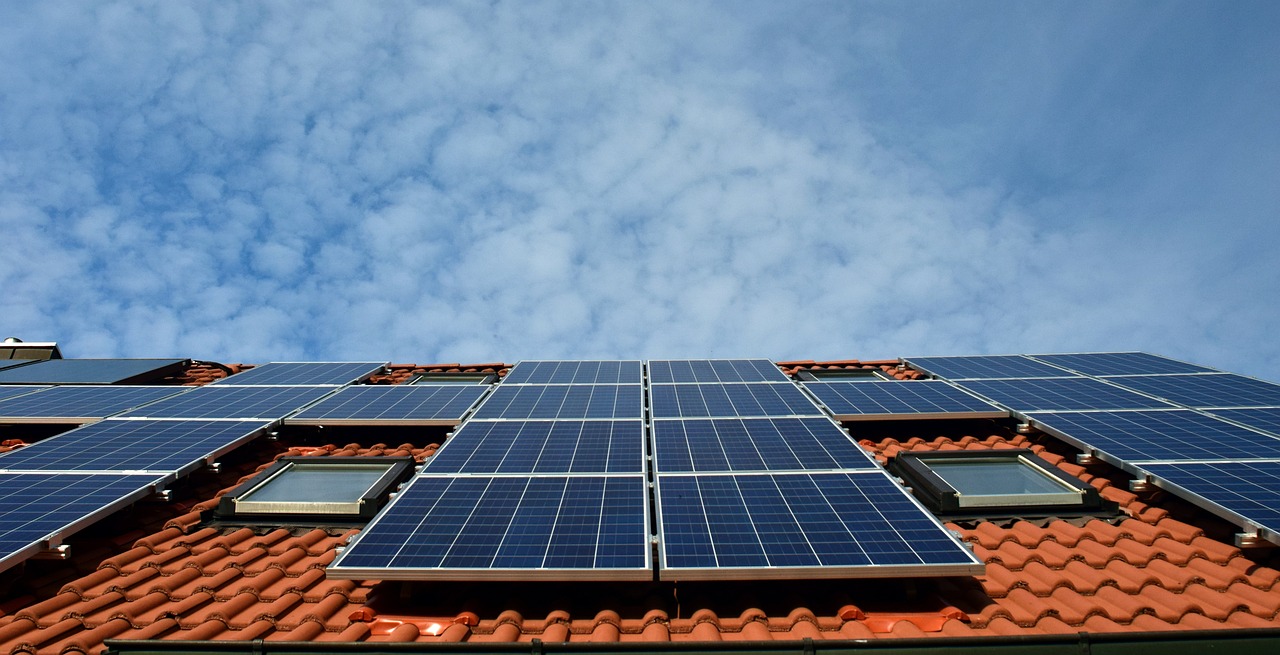
Buyer Guides
Solar Power For Sheds: A DIY Guide
Optivolt
May 17, 2023
5 min read
Thinking about installing a shed in the yard? An outbuilding like a shed can add value to your property and serve as a workshop, guest house, or office space. Most homeowners end up running into the same problem when installing a shed: power.
Shed kits or pre-builds are easy enough to have installed in your yard, but adding electricity to the shed is another challenge. These days, solar energy is usually the solution.
A solar-powered shed is self-contained, meaning it can be placed anywhere on your property without needing access to existing power sources. Plus, once the system is installed, the shed's electricity consumption is free of charge.
Let's explore the basics of setting up solar power for sheds.
Calculating Solar Power for a Shed
Determining the amount of power and solar panels needed for a shed is easier than you might think. We will follow a few simple steps:
- First, we will find the power draw for each device that we plan to power.
- Next, we can estimate the daily energy usage by multiplying the power draw by the time we plan to use each item. That will give us a total daily energy consumption for the shed.
- Then, we can calculate the number of panels we need to supply the shed with its estimated consumption.

Estimate Energy Usage
Every shed will have a different energy usage depending on the devices and appliances inside. For this example, let's assume that lights, basic power tools, and a radio will be the only powered devices. So, our appliance list might look like this:
- 4 x LED Bulbs: 50 watts
- 1 x Drill - 1/4": 250 watts
- 1 x Circular Saw: 1000 watts
- 1 x Job Site Radio: 40 watts
If you turn the lights and radio on for 2 hours per day, use the drill for 10 minutes, and use the circular saw for 3 minutes, your energy usage will be as follows:
- LED Bulbs @ 2 hours: 100 Wh
- Drill @ 10 minutes: 42 Wh
- Circular Saw @ 3 minutes: 50 Wh
- Job Site Radio @ 2 hours: 80 Wh
- Total Energy Consumption = 272 Wh
How Many Solar Panels Do I Need For My Shed?
Now that we know our total energy consumption (272 Wh), we can determine the number of solar panels needed for the shed. A 100W solar panel can produce approximately 400 Wh of energy on an optimal summer day with four peak sun hours. So, in this case, we would only require one solar panel to power the shed!
You would want to add another panel if using the shed in the winter, as the peak sun hours will be much lower.
The above calculations do not account for a few things. Most significantly, the conversion of DC to AC electricity results in a loss of power. Let's explore that idea in more detail.
DC vs. AC Power
DC (Direct Current) and AC (Alternating Current) are the two main types of power found in residential, RV, and shed solar systems.
Solar panels convert sunlight into DC power. When photons from the sun hit the solar cells, a direct current is generated. This is characterized by a continuous flow of electricity in one direction at a constant voltage level. Some appliances and devices can run directly on DC power, including lights, RV refrigerators, and small electronics. However, most standard home appliances require AC power.
AC power is found in homes, businesses, and sheds — whenever you plug something into a wall socket, it is consuming AC power. This type of power will occasionally change directions and reverse polarity, allowing it to transmit efficiently over long distances.
To convert DC power to AC power, a device called an inverter is required. The inverter takes the DC power from your panels or battery bank and provides AC power to the lights, drills, radios, and other equipment you might use in a shed.
When power is converted through an inverter, around 3–5% is lost in the process. You will need to account for this power loss when deciding how many panels to install on your solar-powered shed.

Other Components of a Solar-Powered Shed
In order to create a fully functioning solar-powered shed, you need a few extra components in addition to your solar panels. This includes:
- Battery Bank: Off-grid solar sheds will need a battery bank to store energy for times when the sun isn't shining. A 12V deep cycle lithium battery is recommended for optimal performance.
- Charge Controller: A solar charger controller regulates the flow of energy between the solar panels and the battery bank. MPPT controllers are the preferred technology, but PWM controllers will suffice for a small solar-powered shed.
- Inverter: As mentioned above, you will need an inverter if you plan on powering AC devices like power tools.
- Mounting Hardware: Mounting brackets usually come with your solar panels and allow you to safely affix the panels to the shed's roof.
- Wiring: You will need proper wiring to connect all of the components together. Consult with a professional to ensure that you choose a proper wire gauge to handle the high currents of a solar power system.
Solar shed kits are available that include all of the above components in an all-in-one package. However, by doing your own research, you should be able to purchase higher-quality components at a lower cost than these shed kits often provide.
Another alternative is to purchase a portable power station (also known as a solar generator). This option combines all of the solar components (MPPT charge controller, battery and inverter) into one easy-to-use device that requires no setup. A portable power station can also be brought anywhere you might need power: the garage, a campsite, or in your house during a blackout. However, they will come with a higher initial purchase price when compared to sourcing the components on your own.
Is A Solar Shed Worth It?
A solar shed can certainly be worth the effort. Adding solar power to your shed eliminates its ties to the electric grid, allowing you to place it anywhere on your property. The electricity that the shed consumes will be free, reducing the costs associated with your workshop, guest house, or office.
If your shed is shaded by your home, foliage, or other obstructions throughout the day, you may want to invest in shade-tolerant solar panels to maximize your energy production. Optivolt is paving the way for better solar panel performance with Pulse technology delivering up to 60X more power in shade vs traditional solar panels. Their 100W solar panels are well-suited for partially-shaded solar sheds.
